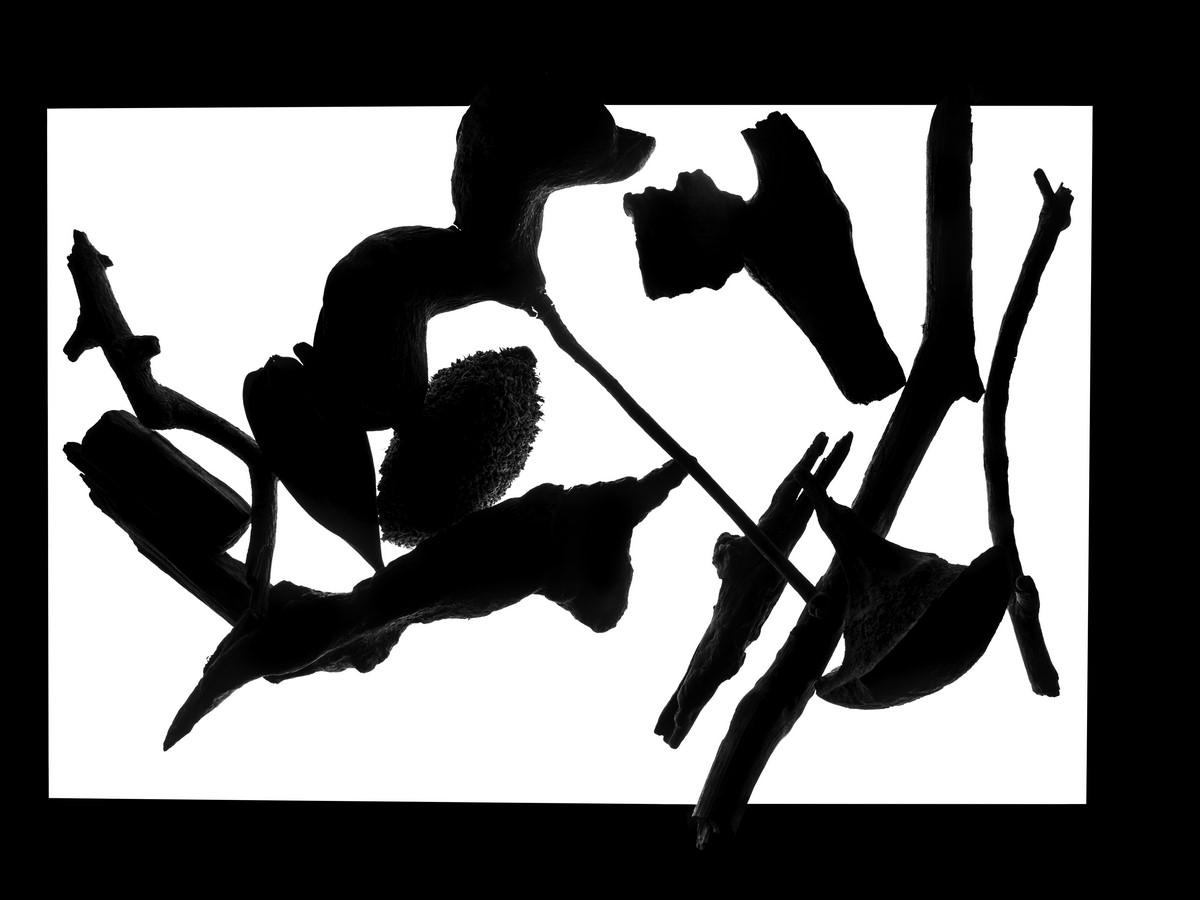Federal Government, State Government of Rio de Janeiro,
State Secretariat of Culture and Creative Economy of Rio de Janeiro,
through the Aldir Blanc Law present
Vicente de Mello's poetics of light in “Limite Oblíquo”
The new exhibition of the photographer - who has its trajectory in the artistic field marked
reflecting the possibilities of configuring the photographic language - it happens
in the Imperial Palace, Rio de Janeiro, from 25 of February to 25 April
Vicente de Mello | Oblique Limit gathers 44 unpublished works in digital photography, performed at home, during the period of social isolation. The captured images ratify Vicente de Mello's thought-provoking and poetic gaze, who has the gift of reframing objects promoting a dive into the imagination of those who see them. Nothing is obvious in your photographs, nor the title of each of his works. The show includes the work Hangover the series Monolux.
- His works are developed from elements of fable of the universe that surrounds him, cutting out imaginary perspectives that become invitations to fictional ambulation - says Aldones Nino, Curator of the exhibition. Photography and its recent history are landmarks cited and commented on by Vicente, when it reinterprets the aesthetics and the subjective of photographic processes as a condition of its creation, including the possibilities of expanding the photographic language to the environment.
Fan of collecting, Vicente developed an archival technique that reworked the object itself, proposing new formal dialogues, as explored in the series Lapidus (2013), shaped from his collection of stones; Monolux (2017-2020), formed by his collection of lost and found and Instant Dilutions (1990-2020), idealized with its collection of polaroids. In Oblique Limit, your collection of hangover sediments, collected on Itacoatiara beach, Niterói, generated images that have their genesis linked to the impact of extreme weather events on the ocean, that is reordered in poetic manipulations.
Vicente keeps the habit of collecting and storing objects since childhood. - I always wanted to stop the things that instigate me around, that attract me. This collection, for example, started when I was three, time when my parents bought land in Itacoatiara, and I found myself fascinated with the shells, branches and other objects of interesting shapes that I found on the beach after the sea surf - reveals.
Sign up to receive Event News
and the Universe of Arts first!
Oblique Limit is the result of that memory kept for so many years. Inmate for a pandemic, period defined by him as “waiting time”, immersed in his work and decided to give life to the sediments using his light table. He says he took the box with the sediment and put it one by one on the table, photographing the images with the light coming from the bottom up. Each photographed piece was placed in another box. When this first process ended, restarted a second, taking the sediments already photographed from the second box to reassemble other possibilities. One by one everyone went back to the original box.
- Everything was done over two nights - affirms Vicente, by revealing that he had no idea what the result of the images created against the light would be, the reverse of the frame. At the end, a universe of shadows and allegories. - A cosmos of images with sediments reconfigured by the contrasts formed by the obstruction of luminosity - clarifies.
- Vicente de Mello's series deals with elements and characteristics of the photographic medium such as light, the camera obscura and the
framing possibilities, tensioning and subverting the expressive possibilities of photographic language. His contributions to the development of the history of photography are expressed throughout his three decades of career - says the curator.
About Oblique Limit, presentation presented by the Federal Government, State Government of Rio de Janeiro, State Secretariat of Culture and Creative Economy of Rio de Janeiro, through the Aldir Blanc Law, Aldones explains that the position of the light is inverted across the table as a luminous point, where the hangover ruins prevent light from reaching the digital camera lens. - A reversal similar to what occurred in the production of Oswaldo Goeldi, who initially makes charcoal drawings, graphite and ink, mostly black scratches on white background, and after using the woodcut, starts to contour the images as an open flash in the wood veins in contrast to the dark surface, registering incisions of light as in Felino (1935) and From the bottom of the sea (1955).
- Vicente's work begins to give life to the waste of the sea, that is appointed, acquiring vivid contours, horizon tours that include different characters, narratives of classical antiquity, historical and geographical references, besides allusions to proto history - concludes Aldones.
The assembly of Oblique limit it is also singular. – It is a visual game that refers to the movement of the tides: when the sea retracts it takes what it finds on the shore; when time, give back to the sand what it found - affirms Vicente.
| SERVICE |
| Exhibition: Vicente de Mello | Oblique Limit |
| Period: from 25 of February to 25 April 2021 |
| Curated By: Adds Nino |
| Production: Rodrigo Andrade | AREA27 |
| Local: Paço Imperial – XV de Novembro square, 48 |
| Timetables: Tuesday to Friday from 12pm to 6pm – Weekends and holidays from 12pm to 5pm |
| Beyond the show, guided tour and lecture with the artist and curator are scheduled, bilingual publication, in digital format, and interview available on the website, with translation in pounds and English subtitles. |




